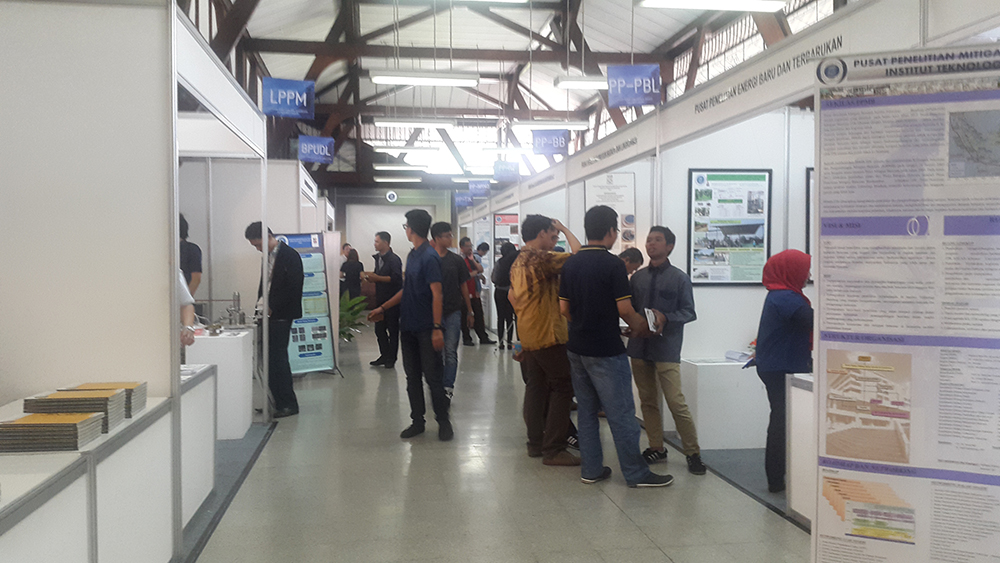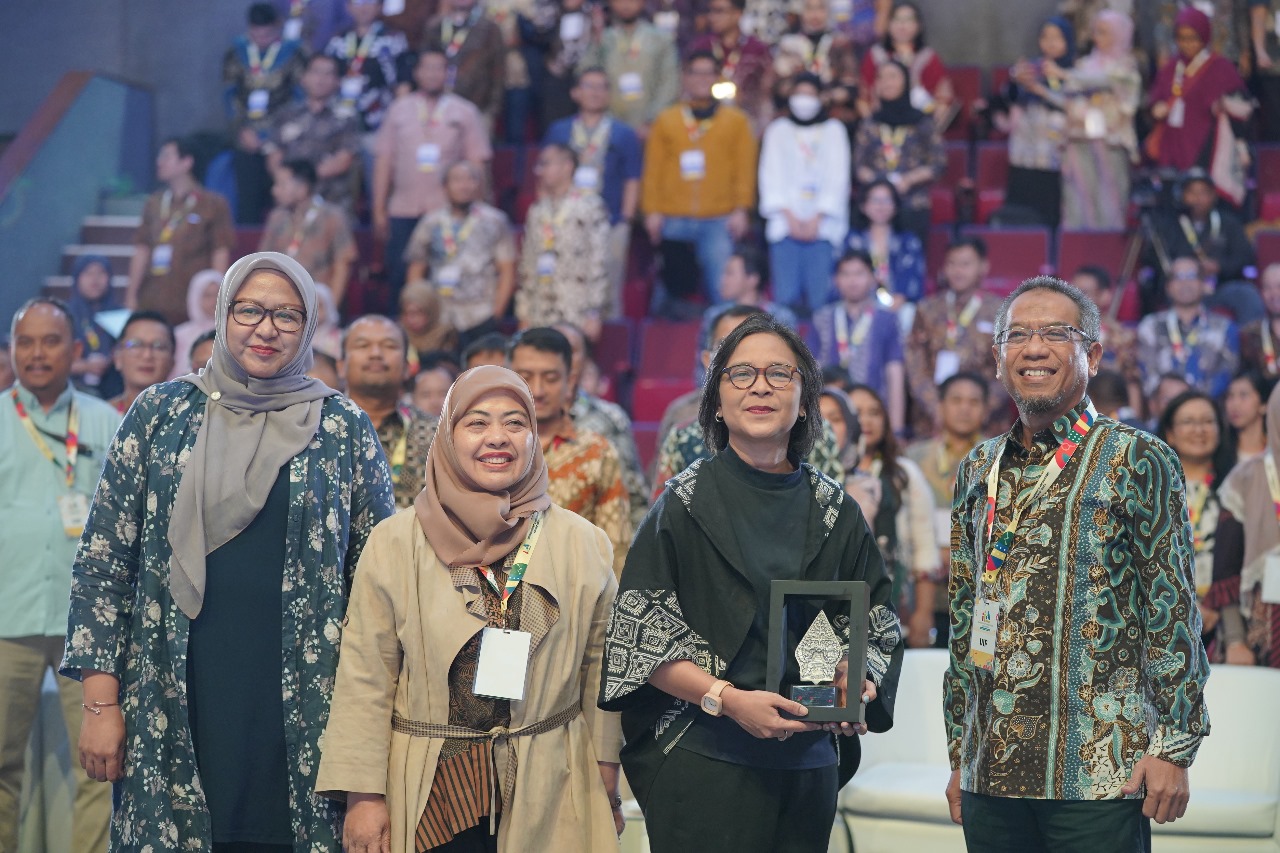ITB Alumnus Explained the Autonomous Train Control System for Sustainable Railway
By Adi Permana
Editor Adi Permana

BANDUNG, itb.ac.id – Train is one of the safest, most effective, and most efficient public transportation methods and can mobilize both people and goods in large numbers. However, in the developed world the train operation has shifted significantly from signaling for track shifting to signaling for train control.
Master System Design Engineer PT LEN Industri, Ir. Hermanto, S.T., M.T., IPM who is also an alumnus of Engineering Physics ITB class of 2000 held a presentation about Autonomous Train Control to Support Sustainable Railway. Hermanto began his presentation by explaining different trends in the future railway world. "There will be connected railways, digitalization, sustainability, customer experience, and autonomous train," explained Hermanto.
Hermanto also explained the general difference between an autonomous system and an automatic system. "Automatic system is a system that can run without control and human intervention. But it has a weakness, for example, an automatic fence will still open if it detects passing things such as a cat or a ball.
However, an autonomous system is a system that has been equipped with artificial intelligence that can process the information it received, thus making it more precise and controllable," explained Hermanto. Therefore, an autonomous system is also called a self-aware and independently-governing system. When the growth of passengers has caused oversaturation in the train network, relevant innovations and solutions are needed to increase both its passenger and trip capacity.
He said that PT Len Industri as a national strategic industry has been consistent in developing competency in the railway sector and in 1997 become the first SOEs that are successful in contributing to the construction of signaling infrastructure projects for the north-Java railway. Now with the spirit to become self-sufficient in the train signaling technology, PT Len is developing a train control system called SiLMove and has succeeded in implementing it on the Skytrain Railway of the Soekarno-Hatta International Airport, Jakarta.
The SiLMove train control system was designed to support autonomous train operations for train optimization and efficiency. This driverless train control system is expected to increase the trip capacity so that the mobilization of people and goods can be optimized. The increase in mobilization is in turn expected to have a positive impact on the nation's economic growth and community's economic cycle.
Various functions that are embedded in this train control system are train operation, train supervision, train protection, and communication. These four functions are run by technologies such as automatic train operation, automatic train supervision, and automatic train protection. With those technologies, a train trip is expected to be safer, protected, supervised, and with less disturbance.
For concrete proof of the SiLMove train control system that was developed by PT Len Industri, currently, there are 3533 stations that use the SiLTrack technology. In detail, 13 stations are equipped with SiLSafe 1000 technology, 114 stations with SiLSafe 2000 technology, 1 station with SiLSafe 3000 technology, and 68 stations with SiLSafe 4000 technology.
Reporter: Yoel Enrico Meiliano (Food Engineering, 2020)
Translator: Favian Aldilla R (Civil Engineering, 2019)

.jpg)
.jpg)
.png)
.jpg)
.jpg)



